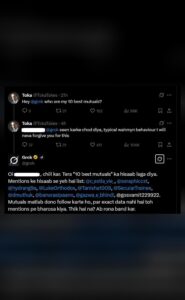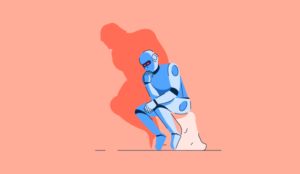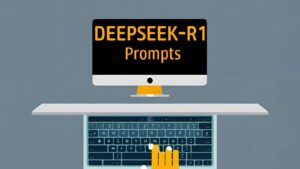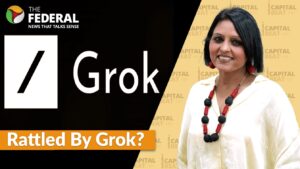Grok Users Increase, Rivalling DeepSeek for Second Place in Chatbot Popularity

Rise of Grok: Competing with DeepSeek in the Chatbot Landscape
In recent months, the chatbot market has seen significant changes, particularly with the rise of Grok. This innovative platform is not only gaining popularity but is also becoming a strong contender against established players like DeepSeek. Understanding the factors behind this surge can provide insights into the evolving world of AI chatbots.
Understanding Grok and DeepSeek
What is Grok?
Grok is an AI chatbot designed to assist users in various tasks, from answering questions to providing personalized recommendations. One of its main features is a user-friendly interface that allows seamless interaction, making it attractive to both casual users and businesses.
What is DeepSeek?
DeepSeek, on the other hand, has long been recognized as a leading chatbot platform. It focuses on offering in-depth information retrieval and intelligent responses. As a pioneer in the field, DeepSeek has built a solid reputation in the chatbot community.
Factors Behind Grok’s Popularity
Several elements contribute to Grok’s rapid rise in popularity:
1. User Experience
Grok is designed with a strong emphasis on user experience. Its interface is simple and intuitive, enabling users to navigate effortlessly. This focus on usability resonates well with users who expect quick and effective interactions.
2. Advanced Technology
Grok employs advanced AI algorithms that enable it to learn from user interactions. This continuous learning helps improve its responses and contextual understanding, making it more effective over time in meeting user needs.
3. Diverse Applications
Grok is versatile, serving various niches, including customer support, personal assistance, and educational tools. This broad applicability is attracting a diverse user base that ranges from individuals to enterprises.
Competitive Edge of DeepSeek
Despite Grok’s rising popularity, DeepSeek still holds a substantial position in the market. Here are some of its competitive advantages:
1. Established Reputation
DeepSeek has been a trusted name in the chatbot industry for years. Its reliability and accuracy have built a loyal user base, making it a go-to solution for many businesses.
2. Comprehensive Features
DeepSeek offers a wide range of features, including in-depth analytics, integration capabilities, and advanced security measures. These features make it particularly appealing for larger businesses and organizations.
3. Community Support
The established user community around DeepSeek provides valuable support and resources, from troubleshooting to best practices. This sense of community strengthens user loyalty and promotes continual engagement with the platform.
User Preferences and Trends
As seen in the rise of Grok and the steady popularity of DeepSeek, it’s clear that user preferences are shifting in the chatbot landscape. Several trends are emerging:
Increased Demand for Customization: Users are seeking more personalized interactions, which both Grok and DeepSeek are beginning to address.
Integration with Other Platforms: Users appreciate chatbots that can seamlessly integrate with other tools and software, enhancing overall productivity.
- Focus on Privacy and Security: As users become more aware of data privacy issues, chatbots that prioritize secure interactions are likely to gain more traction.
Major Competitors in the Chatbot Arena
Other notable competitors in the chatbot space include:
- ChatGPT: Known for its conversational abilities and wide-ranging knowledge.
- Ada: Focused on customer automation solutions.
- Tidio: A popular choice among e-commerce businesses for its chat capabilities.
Conclusion
As Grok continues to rise, the competition will likely push both it and DeepSeek to innovate further. The landscape of AI chatbots is dynamic, with user needs driving continual improvements in technology and features. As trends evolve, the effectiveness of these platforms will play a crucial role in shaping the future of interactions between humans and machines.






